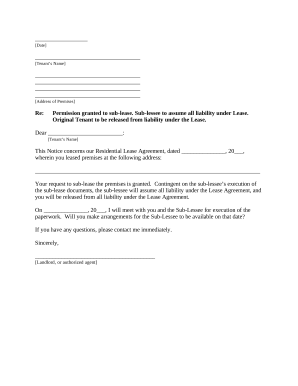

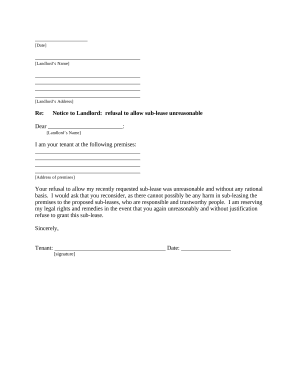

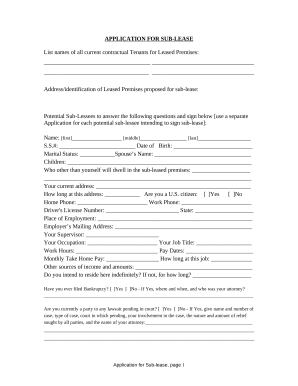

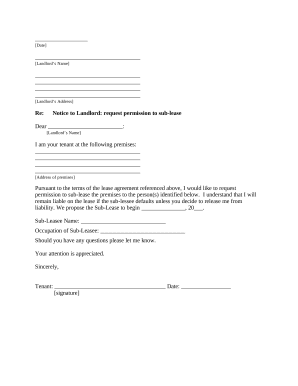
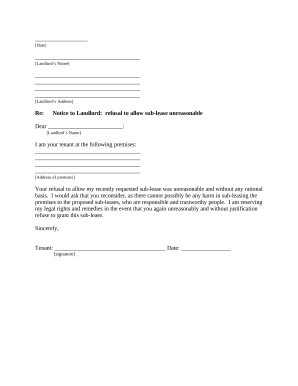



Document managing can overpower you when you can’t discover all of the forms you require. Luckily, with DocHub's considerable form collection, you can discover all you need and easily handle it without switching between software. Get our Residential Subleasing and begin utilizing them.
The best way to manage our Residential Subleasing using these easy steps:
Try out DocHub and browse our Residential Subleasing category without trouble. Get a free account right now!